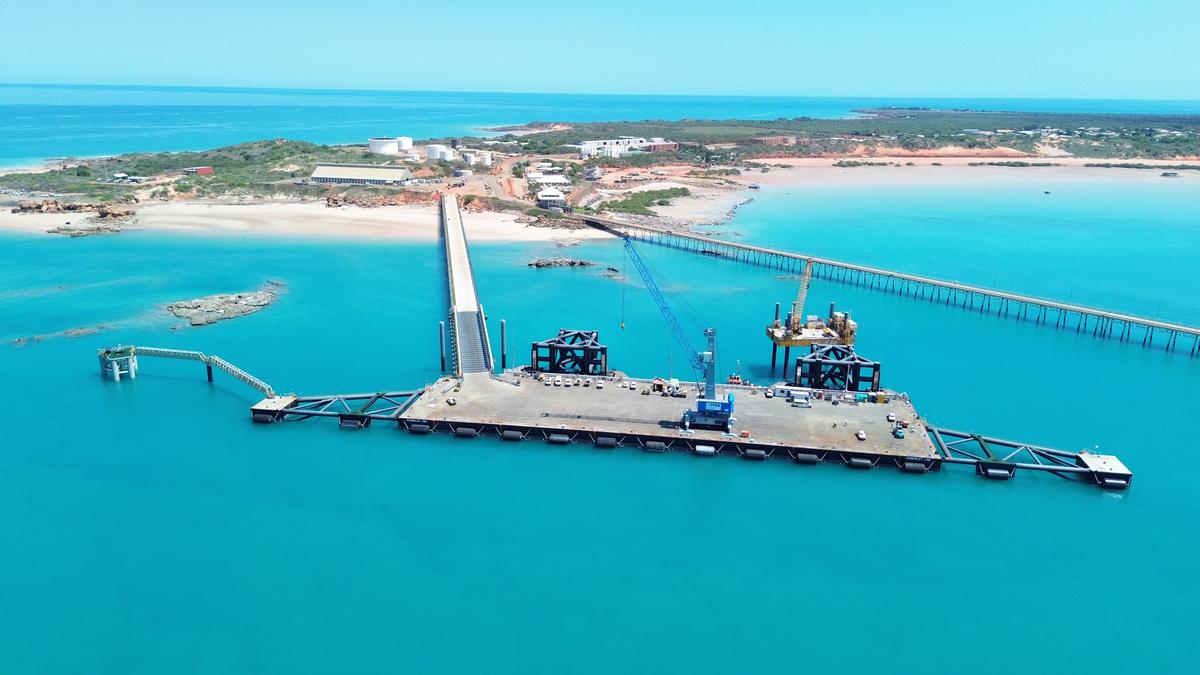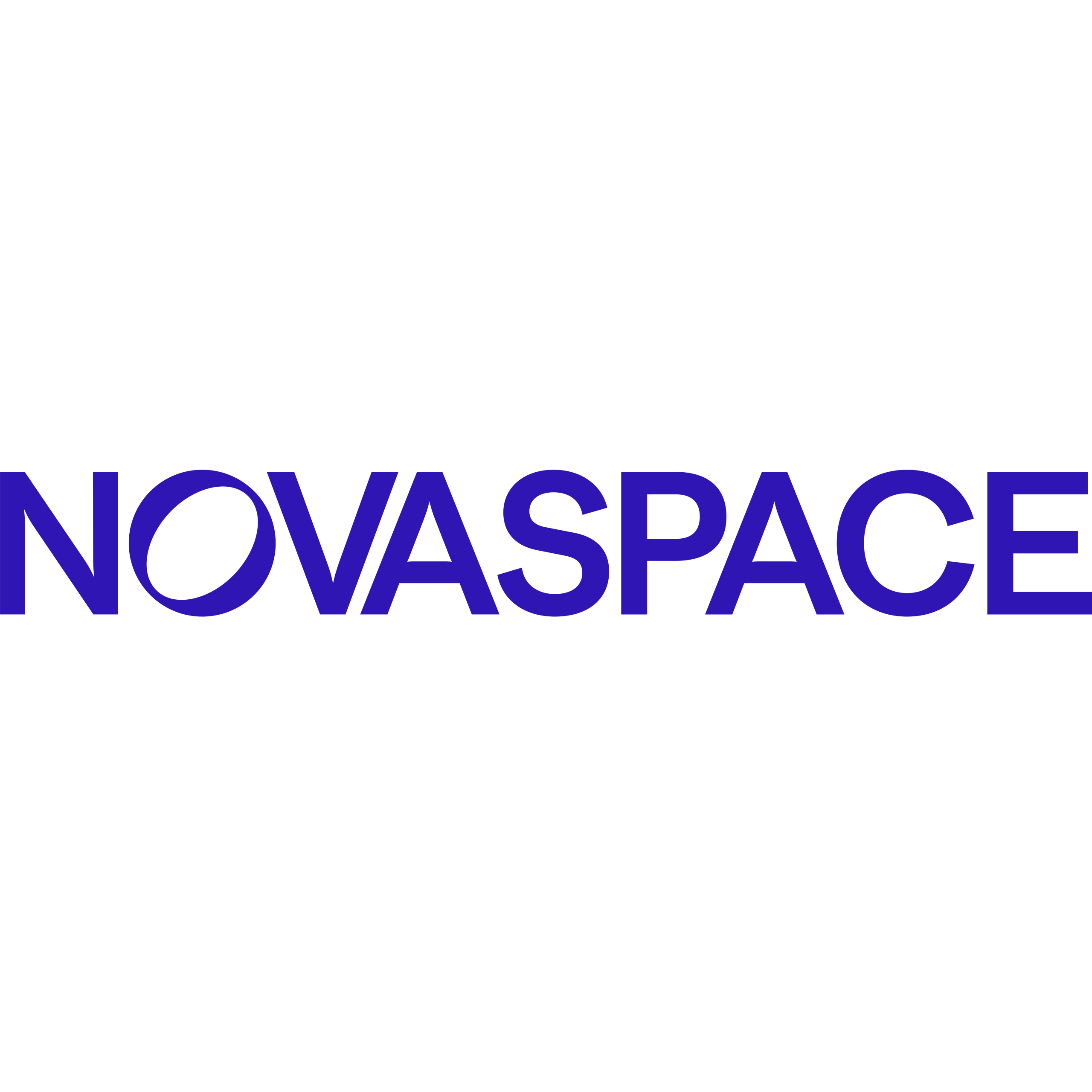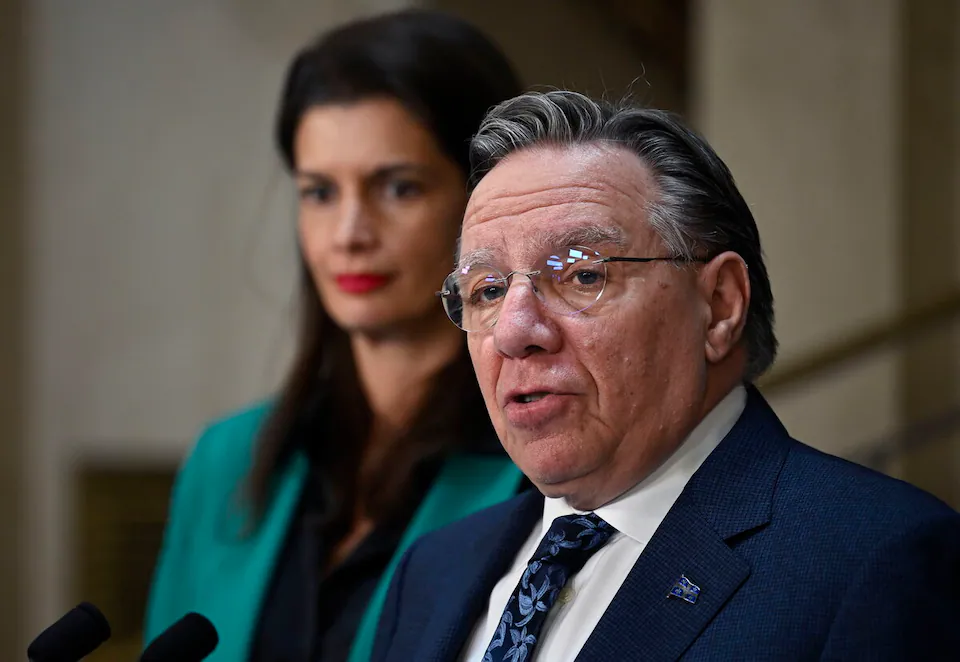
Top executives, government leaders and international figures gathered during the San Sebastián Film Festival this Sunday to reflect on Spain’s position within the European audiovisual industry and how to navigate a constantly evolving market.
The event, whose third edition was titled “Leading the Audiovisual of the Future,” is held by Spain’s Ministry for Digital Transformation and Public Service through the State Secretariat for Digitalization and Artificial Intelligence. The gathering aims to reflect on the audiovisual landscape in Europe and understand how Spanish professionals can thrive in an industry constantly facing major changes. This year, conversations focused largely on two key issues: artificial intelligence and Spain’s need for better regulation when it comes to protecting Spanish IP.
In her closing remarks, Secretary of State for Digitalization and Artificial Intelligence María González Veracruz said hosting the conference for a third year felt like the “consolidation of a space.” “The work of everyone in this room is crucial to Spain being the most successful non-English audiovisual content producer in Europe,” she added. “Above all, we are going to continue to invest. This is a moment of consolidation. It is difficult to understand new tools, but what we are doing is very powerful.”
Ignasi Camós, director of Spain’s Institute of Cinematography and Audiovisual Arts (ICAA), said it is “essential to bet on enhancing creative, technical, and production talent at a national level and to have Spain as a bridge between Europe and Latin America.”
“We must get increasingly involved in international projects and co-productions,” he reiterated. “I believe this is the element that can give us a qualitative leap internationally, giving us prestige and important recognition. But we must be accompanied by European allies to compete with other markets. We are committed to opening up markets, including countries in the Asian continent.”
It’s important to note that the conference took place just an hour after the European Producers Club (EPC) shared a statement highlighting their concerns over the recently proposed AgoraEU Regulation (2028-2034). The European Union program is proposed by the European Commission to support and promote culture and media. According to the EPC, the “new MEDIA strand raises serious concerns for the future of independent European audiovisual creation.”
Key concerns include “weakened support for independent productions: the removal of the independence criterion; unclear budget and shifting priorities; open doors to non-European entities; and complex and opaque governance.” A common line amongst these concerns is a threat to cultural sovereignty and the increasing dominat position of U.S. streamers. Although the EPC statement was not addressed directly during the conference, these issues were widely discussed, especially regarding cultural homogeneity, the increasingly digital behavior of young audiences, and the proliferation of AI programs developed by foreign countries.
Below, you will find the main takeaways from this year’s Leading the Audiovisual of the Future conference:
AI: Create jobs, not replace them
As it was to be expected, AI dominated much of the conversations at the conference. During a panel on new tendencies in the audiovisual sector, CEO at Professor Octopus AI Laboratory Carlos Fernández de Vigo, tried to appease some of the apprehensions by emphasizing artificial intelligence’s potential to create jobs in the industry. “Thanks to AI, we have projects that are viable now that were not viable just a few years ago,” he reiterated, stating that AI allows for the creation of new business models, “and therefore the creation of new jobs.”
Nathalie Martínez, president at the Spanish Federation of Animation and Visual Effects Producers Associations (Diboos), said that “without technology there is no cinema.” “We haven’t just discovered AI. We’ve been working with it for years, even if they were more primitive forms beforehand. We are using it as a tool. I want to emphasize it’s a tool and tools don’t replace people who work with those tools.”
No to cultural homogeneization
When speaking about the great fears stemming from technologies such as AI, Martínez warned that the industry should be careful of how technology developed and championed by other countries can contribute to cultural homogeneization. “What we create should represent us,” she said. “We should have original stories. To me, that is our greatest obstacle.”
Lucía Recalde, Head of Creative Media Unit at the European Commission, gave a brief presentation of the recently finished Media Outlook Report for 2025. The executive echoed Martínez’s fears, especially when it comes to major U.S. streamers. The new report showed how young audiences are increasingly concentrated within digital platforms. “And we know those aren’t European,” she emphasized, before showing numbers highlighting that 70% of the Spanish market for streamers consists of non-European players such as Netflix, Disney and Amazon Prime Video. “The weight of American companies has grown in the last year while European companies have decreased,” she alerted.
Spanish IP belongs to Spain
In what was perhaps the most applauded passage of the entire conference, the president of the Galician Audiovisual Cluster, Alfonso Blanco, reiterated that the most pressing issue within the Spanish industry today is creative rights retention. “We need a law that protects the creator and the product,” he said, reiterating that other major European powerhouses such as France and the U.K have long-established regulations providing security for creatives when it comes to original IP, while Spain still lacks that sense of security. “We need to regulate the TV market,” added Blanco. “We are one of the markets that faces the greatest difficulties in retaining IP rights. There is a fault in the system.”
Alfonso del Río, director at Culture CAP7, echoed this thought: “It doesn’t make sense. Imagine you do something great, others take it, and you never see it again?” Rights retention is a key point in financing conversations for del Río, who often works with international partners. The executive said that now, “we are starting to see financing instruments that allow us to go to international studios and say we have an idea, but I want it to be my own because I have the capacity to assume the risks.” Del Río reiterated, however, that having to play with such high stakes shouldn’t take precedence over legislation that protects Spanish IP.
Talent is not enough: control distribution at home and internationally
Filmin co-founder José Antonio de Luna said the feeling is that players “always focus all their strategies on the raw material, which is creation. But we forget that if we don’t get the content to an audience, it doesn’t matter how much talent we have.”
Recalde highlighted how research shows that “European cinema does not travel enough to other countries.” Currently, only 44% of European films travel internationally. Within Spain’s domestic exhibition market, U.S. dominance is also an issue, with U.S. films making up 20% of the offer but 60% of the box office, while European films make up 60% of the offer but only 31% of the box office.
What is the European Model?
Speaking on the importance — and the difficulties — of co-producing with other European countries, de Luna said that Spain “lacks the thought of a fully European model while also lacking the tools of how to think it.”
Helena Suárez Jaqueti, partner at law firm ECIJA and founder of E-LAB, praised the co-production model as a way of exposing Spanish professionals to international expertise without requiring them to leave Spain, but pointed out that because different European Union countries have different legal guidelines for co-productions, it is a “pretty difficult process” to co-produce. “You have to take into account each of the legislations, and it’s difficult when you are a European platform that wants to reach several markets.”
Clara Ruipérez, director of legal content strategy at Movistar Plus+, emphasized that while film has seen a rise in co-productions in recent years, the model is still fairly difficult to realize within TV. “We’d love to be always open to [co-productions], but that is not the reality. [The model] is still missing a lot.”



